France – Day 2: Booze les Beaune
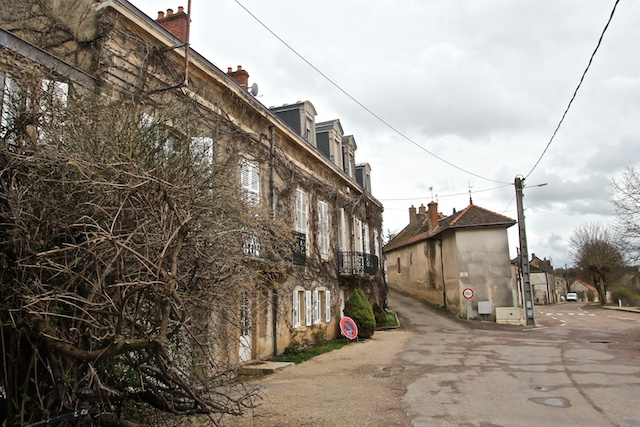
Just outside the town of Beaune – the spiritual capital of Burgundy – is the sleepy hamlet of Bouze-les-Beaune: a collection of old stone dwellings that looks much like every other small village in the area. As you make your way there, through the well-known communes of Pernand-Vergelesses and Aloxe-Corton, you see signs pointing the direction to every producer in the area. Burgundy is one of the most highly-regarded wine regions in the world, if not the most. Yet, amidst the rolling hills of chardonnay and pinot noir vines sits one of the most unsuspecting collections of Scottish single malt in existence; a veritable treasure trove of mature whisky aging in top-quality sherry casks.
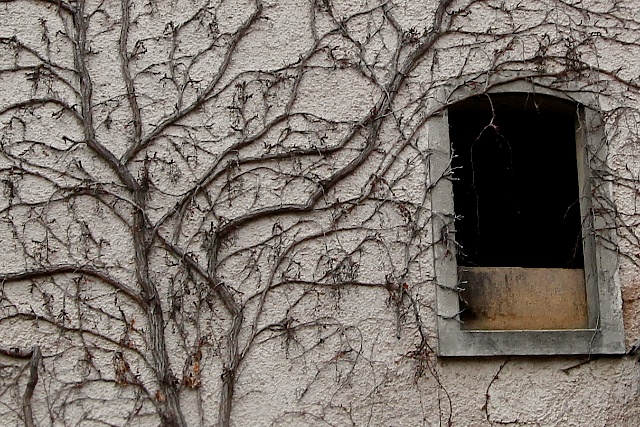
Not many Americans have heard of Michel Couvreur, and even fewer know that he passed away last year after more than five decades of whisky production. Within the booze business, however, he's a bit of a legend. A Belgian-born wine lover who moved to Burgundy for the wine trade, yet vacationed in Scotland where he developed a taste for sherry-aged single malt. Believing he could possibly improve upon the quality of his beloved whiskies, he built an expansive cellar beneath his house and travelled through Jerez in search of the finest old sherry butts. He then contracted new-make spirit from his favorite Scottish distilleries and aged the whisky in his own private cave.
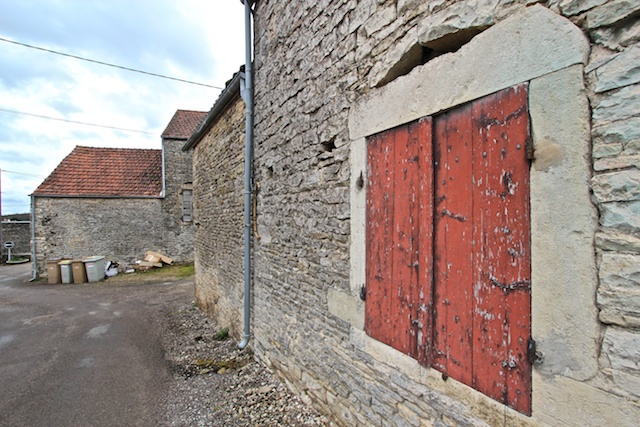
Again, there are no signs pointing the way to Michel Couvreur's facility and there are no signs posted upon it when you finally locate it. This is by design. They do not want to be found. With the demand for whisky what it is today and the tourist trade that has developed behind it, the small staff doesn't have the ability to serve as a public relations department. Getting an appointment isn't easy either. There is a series of screening processes guarding that path. Nevertheless, we made a special effort to connect with their cellar master, and an even greater effort (our own version of Planes, Trains, and Automobiles) to get to their cellar. It's a destination we've had great interest in for some time.
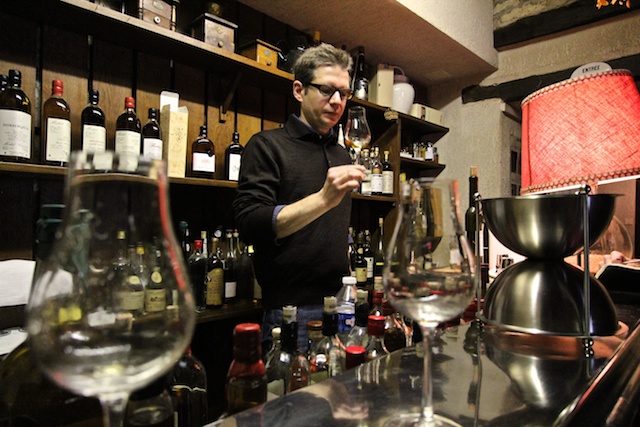
Jean-Arnaud Frantzen has been working at Michel Couvreur for sixteen years and he couldn't be happier. He adores single malt whisky and its potential for greatness when you have respect for its process. He's carried on in Michel's absence and continues to build relationships in Spain where he travels frequently in search of the finest barrels. Unlike Scottish producers, he drives the butts back himself so that they are as fresh as possible, thereby eliminating the need for sulfur and inoculation. Couvreur has always been just as interested in the sherry itself, rather than just the whisky that was aged inside its former receptacle.
"Every wine has its own story and each cask is different," Jean-Arnaud said. "We prefer to only use old casks, in which the sherry has sat for thirty to forty years."
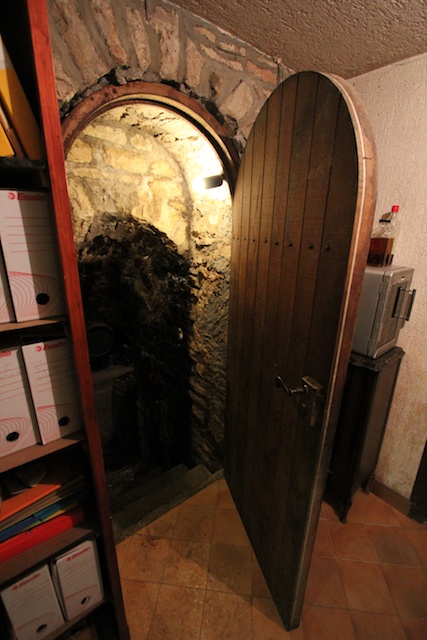
Because of the Scotch Whisky Association's strict rules about single malt classification and labelling, Couvreur has always had a difficult time calling itself what it is: Scottish single malt whisky (or sometimes blended single malt whisky) aged in France. Today, many of the labels simply say "malt whisky" without any other designation. While the industry has sought to protect itself (and consumers) from imitators and frauds looking to capitalize on Scotch whisky's reputation, Couvreur is not a threat. In fact, his whiskies are so good and so innovative that they serve as inspiration for many of Scotland's best producers. Because the cellar is located in the heart of French wine country, Jean-Arnaud and his team treat whisky like French wine – they're looking for nuance and delicacy, not big alcohol and power.
Part of what allows them to achieve this nuance is the condition of their cellar, which is just beyond this unassuming door and down the steps.
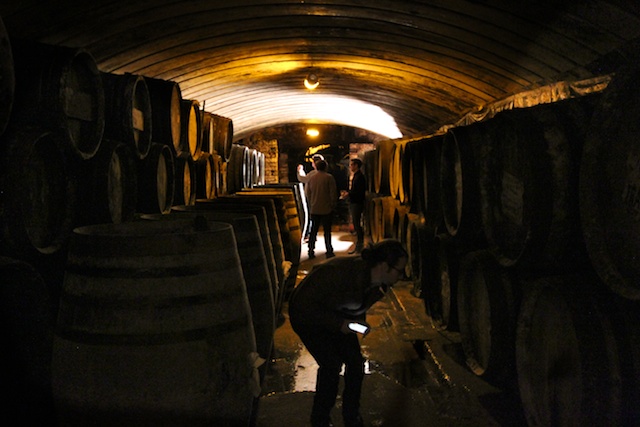
Most people, when they think of a wine cellar, imagine a small room under the home where wine is stored that's no bigger than the square foot area of the house itself. Couvreur's cellar is not such a cellar, however. It's built into the side of a mountain and is absolutely gigantic (and full of aging whisky stocks). Imagine one sixty by sixty foot room, and then a hallway leading to another, and another, and another. The conditions are moist, the floors wet with pools of cave secretions, and the temperature is constant. The whisky ages very slowly, but certain parts of the cellar are dryer and warmer, creating the potential for different speeds of maturation. Casks are frequently moved from one part of the cave to another because of this.
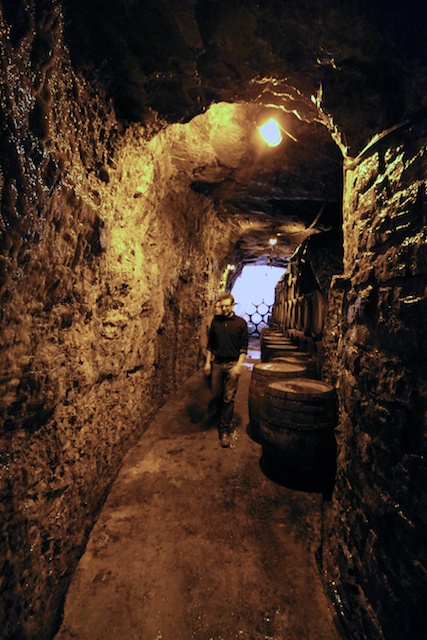
There's a lot more to tell you about what we tasted, what we saw, and what we're planning, but that will have to wait until later. There's not enough time at the moment and we're not ready to devulge all our surprises yet.

And if you thought we were coming all the way to Burgundy just to drink whisky, you're crazy. With the rest of the afternoon off we went and got some food, a few bottles, and set out for a roaming picnic through the best Grand Cru vineyard sites. We spent the evening with a producer in Beaujolais and ate Beef Bourgignon with about ten different bottles of gamay.
What a day.
-David Driscoll
